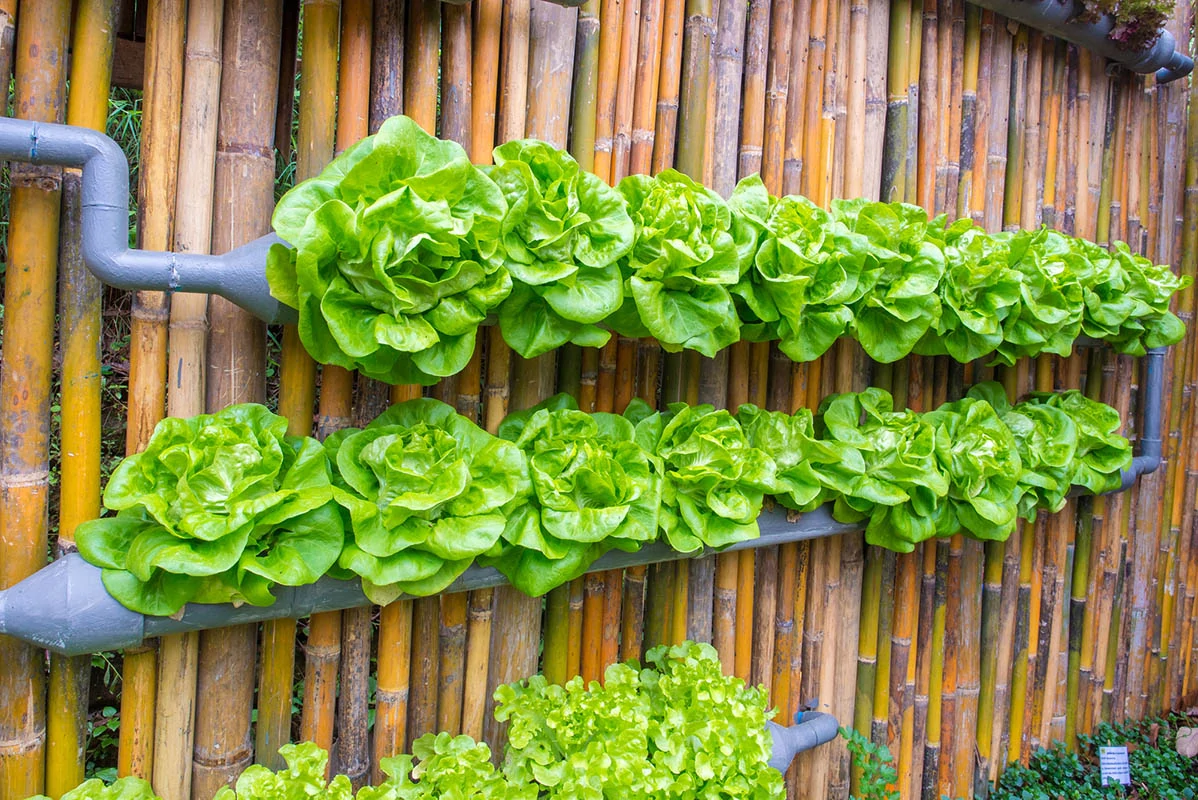Feeding Tanzania’s Cities: Why Vertical Farming Must Be Part of the Next Urban Plan

If Tanzania acts now, vertical farming could become a $500 million industry by 2035, saving billions in food imports and cushioning families from rising food inflation. By 2050, when urban Tanzania has doubled in size, it will not be a luxury but a necessity.
By 2050, Tanzania’s population will cross 130 million, with over 50% living in urban areas. Dar es Salaam alone is projected to be a megacity of more than 20 million residents. The question is not whether Tanzania can produce enough food — it is whether the food can reach cities fast enough, fresh enough, and affordable enough.
Right now, city households spend between 50–60% of their monthly income on food, a figure far higher than the global average of 10–20%. The majority of vegetables sold in Dar es Salaam travel from Morogoro, Iringa, Tanga, and Kilimanjaro — journeys of 300 to 600 km. Transport costs, post-harvest losses (often 30–40%), and multiple middlemen mean that by the time sukuma wiki or nyanya reach Kariakoo or Mbezi, prices have doubled or tripled.
This is the structural gap vertical farming can fill.
What Vertical Farming Would Look Like in Tanzania
Vertical farming doesn’t mean copying Singapore or Dubai’s multimillion-dollar projects. In Tanzania, it means pragmatic, modular systems that match local needs:
- Rooftop farms in Dar es Salaam on municipal buildings, private warehouses, and shopping centres like Mlimani City or Kariakoo Mall.
- Container-based hydroponics on unused industrial plots in Vingunguti or Ubungo, powered by solar and connected to nearby wholesale markets.
- School and hospital greenhouses in Dodoma, Mwanza, and Mbeya that directly supply institutional kitchens, cutting procurement costs.
- Community-led clusters in fast-growing secondary towns like Arusha and Morogoro, combining microfinance with youth employment.
These models would not replace traditional farming in Iringa or Ruvuma — they would complement it by bringing part of the production directly into the city grid, stabilizing prices, and reducing waste.
The Economic Case
Numbers make the argument sharper.
- A 500 m² hydroponic unit in Dar es Salaam can produce 7–10 tonnes of leafy vegetables per year, enough to feed 1,000 households weekly.
- At current market rates, this can cut retail vegetable prices by 15–25% compared to long-distance supplies.
- Post-harvest losses fall from 30% to under 5%, saving billions of shillings annually.
- Every mid-sized unit directly employs 15–20 youth and indirectly creates jobs in packaging, logistics, and cold storage.
Scaling to 100 such units across Dar es Salaam, Dodoma, Arusha, and Mwanza would mean:
- 1,500–2,000 direct jobs
- 6,000–8,000 indirect jobs
- Affordable vegetables for 150,000 households
- A measurable reduction in food inflation in urban CPI
Policy Shifts Needed
To make this real, Tanzania needs more than isolated pilots. The government must embed vertical farming into urban planning and national food security strategy.
- Zoning and city planning: Allocate rooftop and idle land for agriculture in Dar es Salaam, Dodoma, and Arusha’s master plans.
- Financing: Establish a blended finance fund under TADB (Tanzania Agricultural Development Bank) to co-invest with youth cooperatives and SMEs.
- Public procurement: Guarantee institutional buyers — schools, hospitals, military — to stabilize demand for vertical farm produce.
- Energy incentives: VAT exemptions on solar systems and LED grow-lights for registered vertical farms.
- Research partnerships: Involve SUA (Sokoine University of Agriculture), Ardhi University, and University of Dar es Salaam to adapt technology to Tanzanian conditions.
Why It Matters Now
Tanzania has already committed to food security through initiatives like Building a Better Tomorrow (BBT) youth programme, Kilimo Kwanza, and AfCFTA-driven agro-industrialization. But most strategies still focus on rural output. The missing link is urban food security — and that’s where vertical farming fits.
Dar es Salaam’s current food system cannot sustain 20 million residents without reform. Mwanza and Arusha are facing rising costs of vegetables due to dependence on long supply chains. Dodoma, as the administrative capital, must lead by example with urban agriculture zones in its master plan.
The Bigger Picture
If Tanzania acts now, vertical farming could become a $500 million industry by 2035, saving billions in food imports and cushioning families from rising food inflation. By 2050, when urban Tanzania has doubled in size, it will not be a luxury but a necessity.
Vertical farming is not about copying high-tech skyscraper farms. It’s about using rooftops, containers, and controlled greenhouses to make sure a city like Dar es Salaam can feed itself affordably.
If the government, investors, and youth entrepreneurs move decisively, Tanzania could become the first East African country to make urban food self-reliance part of its growth story.
The truth is simple: the future of food in Tanzania cannot be only in the fields of Iringa or the valleys of Ruvuma. It must also be in the rooftops of Kariakoo, the warehouses of Ubungo, and the classrooms of Dodoma.
